Looking for the best robot vacuum for your buck is a lot harder than you may think. While many robot vacuums come with an assortment of features—many of which are nearly identical to other models—it’s shopping for a bot that meets your vacuuming needs that’s so difficult.
In general, to ensure that your robot vacuum serves its main purpose, you’ll need to pay close attention to how much it sucks, or rather, how high its Pa rating is.
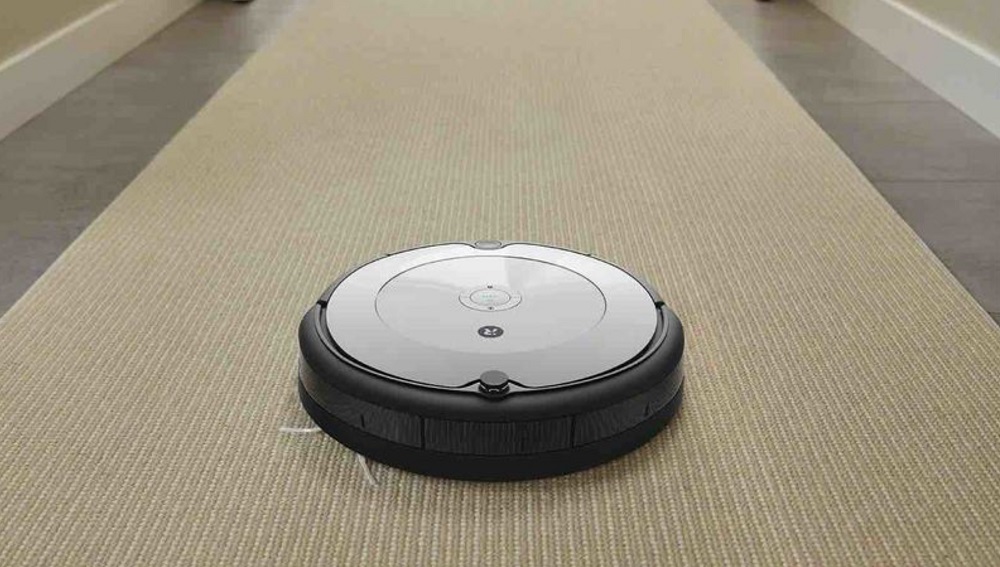
What Does Pa Mean?
Pa, which is short of Pascals, measures atmospheric pressure. To put it simply, it determines how much your vacuum cleaner sucks. A higher Pa rating denotes greater amounts of suction pressure, which makes your robot adept at cleaning more than just smooth floors. So, a robot with a greater Pa rating than another has a better chance at suctioning debris off of carpets.
That said, a robot vacuum’s overall vacuuming performance doesn’t rely solely on suction power. There are other variables that come into play—i.e., the side brushes, main brush roll, how well it navigates your floors, how much power the battery can hold per charge—but in the end, Pa is the final determining factor of what your robot vacuum can and cannot do.
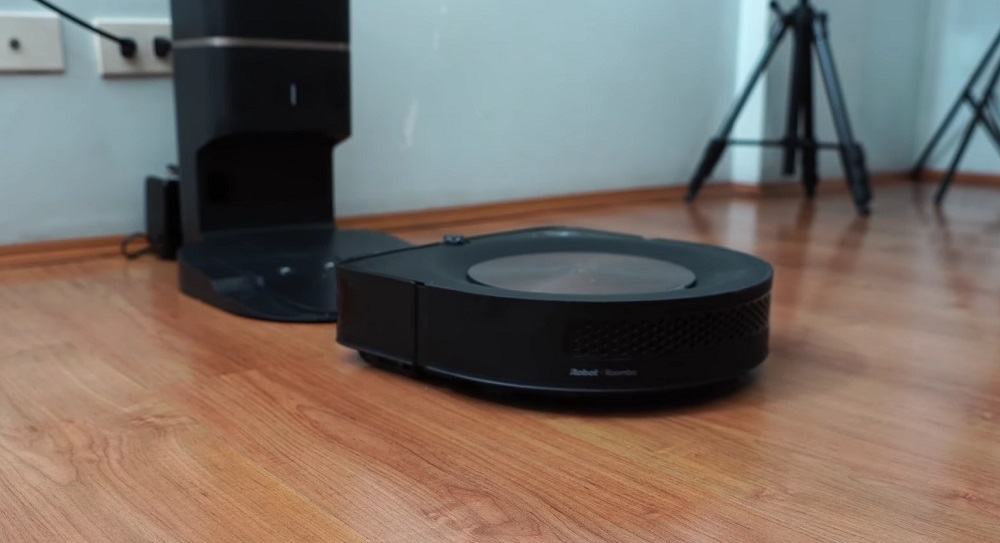
What’s a Good Pa Rating?
The most appropriate Pa level is reliant on the type of floors you have at home. When shopping for robot vacuums, you’ll find that many models don’t come with the same suction rating, thus, making them capable of performing different vacuuming jobs.
For starters, let’s say your home doesn’t have a single square inch of carpeting on it. For exclusively bare floors, you can get away with a robot that delivers as little as 600 Pa. However, if you have deep grooves in between floorboards or tiles, a robot with a 1,000-Pa rating would be preferable.
As for those with wall-to-wall carpeting, you’ll obviously need a robot vacuum that delivers a greater punch. To be safe, you should search for a robot that delivers at least 1,500 Pa. when shopping around for potential robot vacuums to take home, you’ll notice that many of the newer models have a max rating of at least 2,000 Pa. Such models would be ideal for your home.
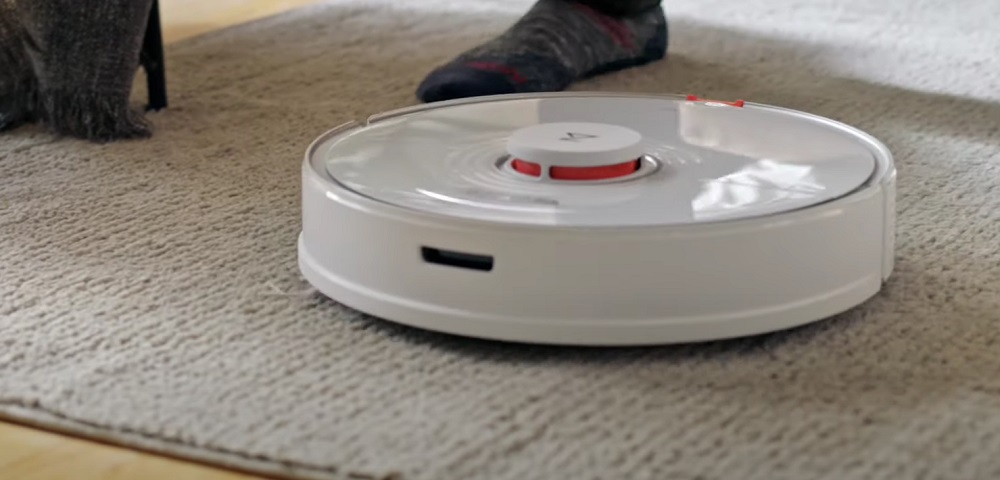
Does Pa Affect Mopping?
Many of the most recently released robots from top-tier brands offer both vacuuming and mopping functions. These 2-in-1/hybrid robots are great for cleaning rooms with bare floors in a single pass. So, how does the robot’s Pa rating affect its mopping capabilities?
To put it simply, it doesn’t. Robot vacuums don’t work like carpet cleaners. The robot saturates the microfiber pad and drags it across bare floors. The vacuuming function is entirely separate from the mopping attachment, so regardless of how high or low the robot’s Pa rating is, it’ll mop just the same.
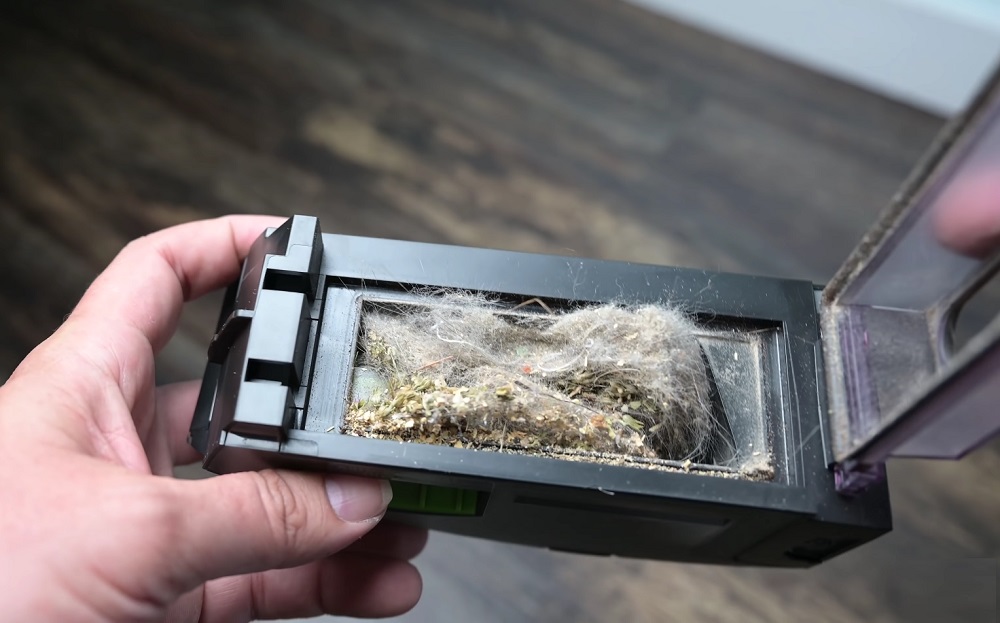
What About Carpet Boost Technology?
Robot vacuums that come with Carpet Boost Technology, or something with a similar name, are great for both homes with both exposed floors and carpets.
These robots use a series of sensors to determine what floor type it’s currently cleaning. As soon as it steps wheel on top of carpeting, it’ll automatically kick into high gear, producing the most suction power possible.
Alternatively, if your robot doesn’t have such a feature, you can manually shift between power modes. Activate low mode for bare floors and switch to high-power mode for carpets.
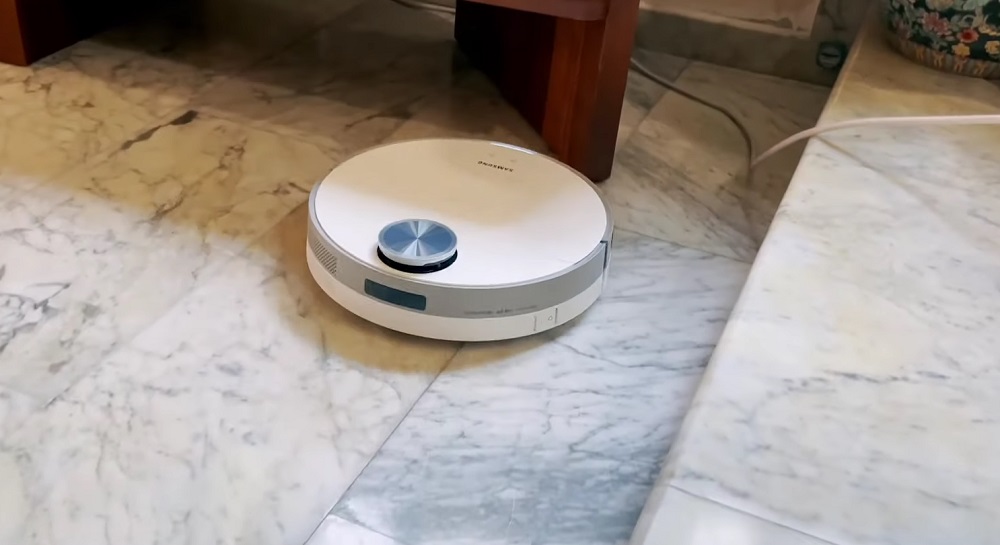
How to Maintain Suction Power
Over time, you may notice a reduction in suction power. This is completely normal and, in most cases, easy to solve. Just perform the following maintenance checks.
1. Examine the main brush roll
When clogged with pet hair and other solid pieces of debris, the main brush roll can limit how much the robot suctions. To prevent this from happening, check your robot at least once a month and snip off any collections of hair around the brush roll.
You should still perform this check even if your robot comes with a self-cleaning brush roll.
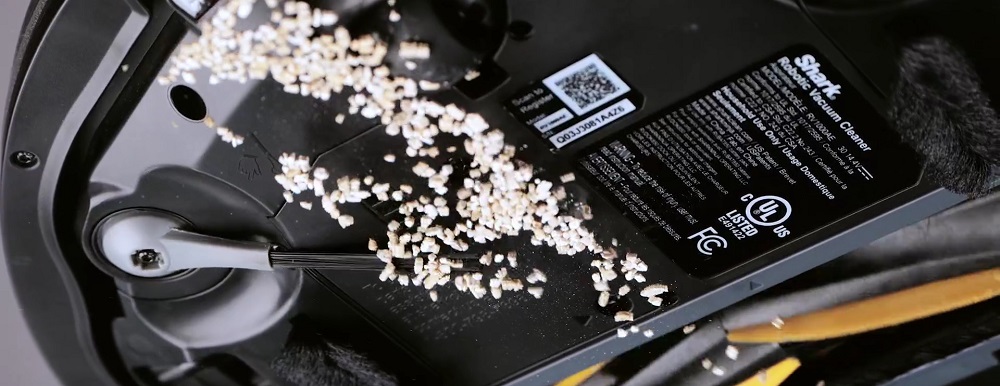
2. Update the robot’s firmware
Using out-of-date firmware can sometimes cause your robot to switch between power modes unpredictably.
If possible, check for the most recent firmware updates and download them. If the problem persists, contact the manufacturer.
3. Replace the battery pack
Over time, the battery pack will’s overall power capacity will drop, and in very rare instances, it can even lead to reduced suction power. On average, users will have to replace the battery of their robot vacuums once every two to four years.
Related Post: What Does “mAh” Stand For?
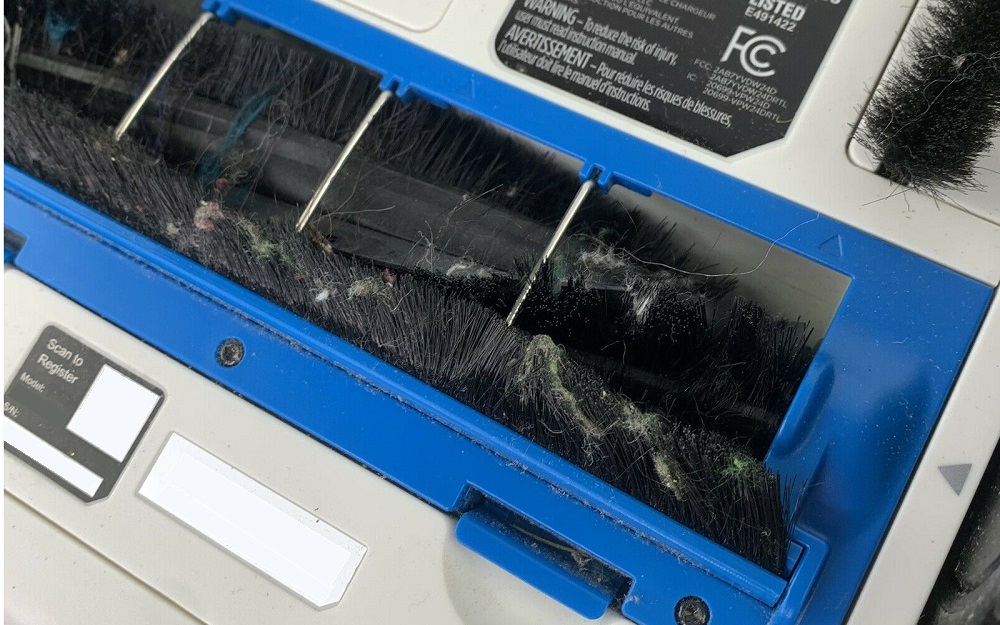
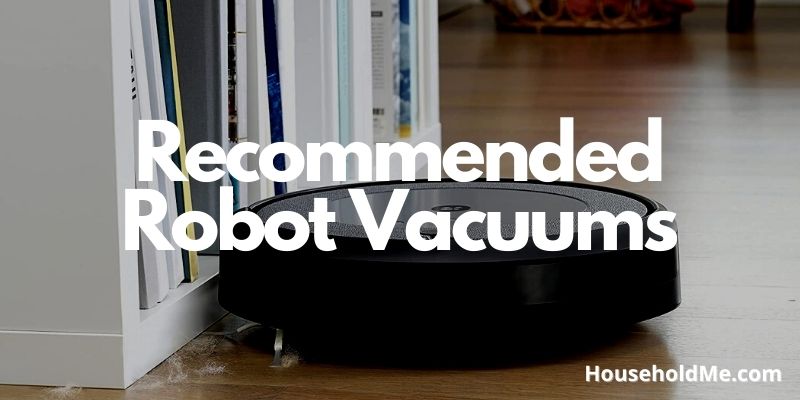
If you have any questions or comments, please add them below in the comment section. Similarly, please let us know if you spot any mistakes or omissions. Thanks!
